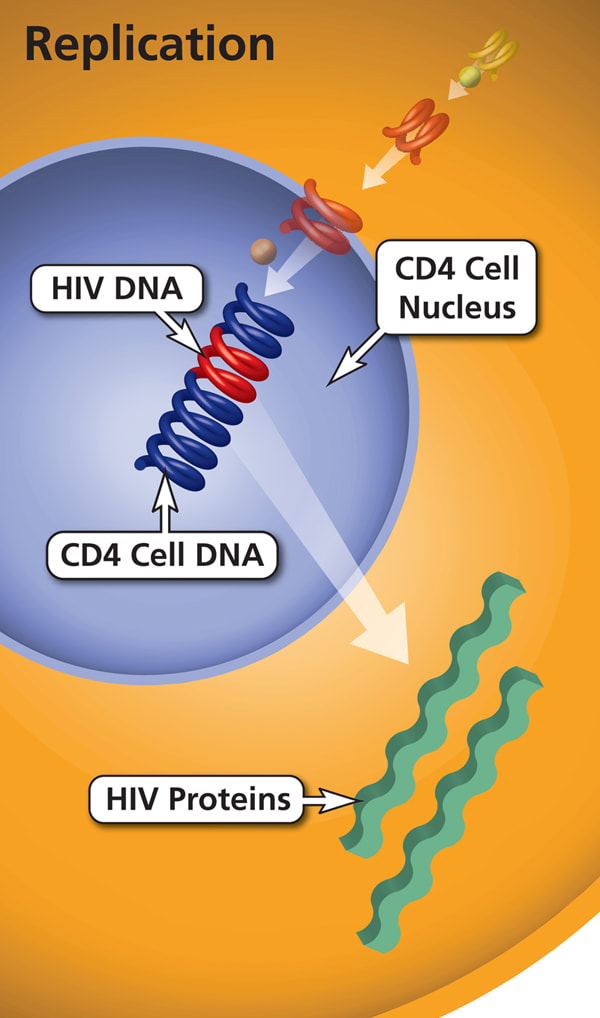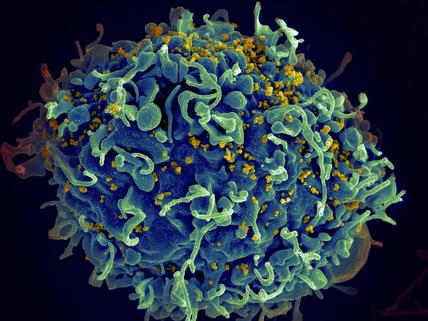Unit 4.1. Explain the process of DNA replication, including the role of Helicase and DNA Polymerase enzymes.
2. Describe the stages of gene expression, including the processes of DNA transcription and translation. |
|
HIV Splicing VS. Host Cell Splicing: -Normal, uninfected cell mRNA is the only thing that can be spliced and then continue to makes proteins. -HIV, instead of splicing the mRNA first, makes the proteins without splicing, then when a long strand is made the virus uses protease to cut the specific strand. - The reason for the different splicing methods is because viruses need all of their viral proteins at the same time and normal, eukaryotic cells need lots of little messages. The end result for both of these methods is lots of little proteins. |
Explain the process of DNA replication, including the role of Helicase and DNA Polymerase enzymes
|
Describe the stages of gene expression, including the processes of DNA transcription and translation
All viruses have gag pol and envelope proteins (essential things that the virus needs that the host cell does not produce). At some point the virus has to make these things in order to replicate. The HIV virus shows Gene Expression when the envelope proteins are made. In the case of HIV, the virus makes these envelope and viral proteins through the processes of Transcription and Translation. Transcription occurs in the nucleus, which then instead of creating normal cell RNA, creates viral RNA due to the recently inserted HIV DNA. Next, the mRNA exits the nucleus to the cytoplasm. There, Translation occurs where the mRNA is threaded through a ribosome and coded for a specific proteins. As each strand is processed, a matching string of proteins is created. This process continues until the strand has been translated into new viral proteins which are needed to create a new HIV virus. Finally, the long strings of proteins are cut up by a viral enzyme (protease) into small proteins. Then, the cut down proteins either become more structural elements of new HIV, or enzymes such as integrase. Once the new virals accumulate, they exit the host cell by exocytosis and create a new virus. The virus then begins the maturing stage which involves processing viral proteins. This step is crucial for the virus to become infectious. Finally, the virus is able to infect new host cells which causes the disease to spread rapidly from cell to cell. |
The HIV Life Cycle:
HIV is a RetrovirusHIV's goal is to place their genetic material into the host cell's genetic material. Retroviruses have the Polymerase Enzyme Reverse Transcriptase inside them. This is needed to convert the double stranded RNA into a DNA copy. The retrovirus then integrates its viral DNA into the DNA of the host cell, which allows the retrovirus to replicate.
|



